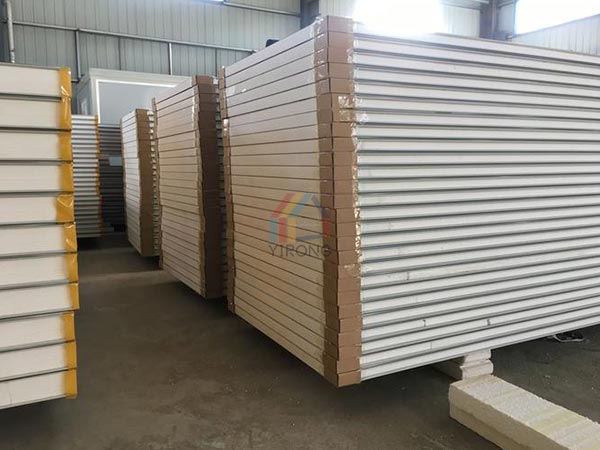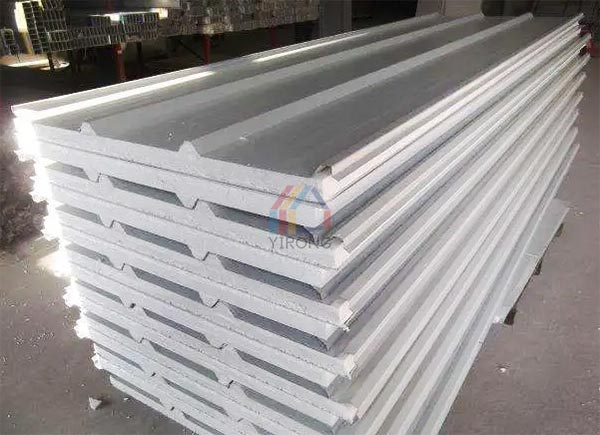Zhengzhou, Henan Province, China
Now Contact: Do you need PU/EPS/Rock Wool sandwich panels?
Zhengzhou, Henan Province, China
Now Contact: Do you need PU/EPS/Rock Wool sandwich panels?
In modern construction and industrial fields, sandwich panels, as an important building material, are widely used because of their excellent thermal insulation, sound insulation, and fire resistance properties. Among them, polyurethane sandwich panels and foam sandwich panels are two common sandwich panel types. This article will explore the differences between these two types of sandwich panels in detail.
Polyurethane sandwich panel: Polyurethane is a polymer synthetic material with excellent sound insulation and heat insulation properties, as well as good wear resistance, moisture resistance, and corrosion resistance. Polyurethane sandwich panels are composed of two layers of steel plates (or aluminum plates) sandwiched between a layer of polyurethane foam. They have a uniform internal structure and high strength, and can meet the needs of various complex environments.
Foam sandwich panels: Foam sandwich panels are usually made of polystyrene, polyurethane and other foam materials as the core material, and are covered with steel plates or aluminum plates on both sides. This type of sandwich panel has better thermal insulation properties, but its strength and durability are lower than polyurethane sandwich panels.

Thermal insulation performance: The thermal insulation performance of foam sandwich panels is better, while the thermal insulation properties of polyurethane sandwich panels are slightly inferior to foam sandwich panels. However, polyurethane sandwich panels can still maintain good thermal insulation performance in high temperature environments, which is one of its major advantages.
Fire resistance: Polyurethane sandwich panels have good fire resistance, and their flame retardant levels usually reach B1 or above, while the flame retardant properties of foam sandwich panels are relatively poor.
Strength and durability: Due to the characteristics of its polymer synthetic materials, polyurethane sandwich panels have high strength and durability, and can withstand greater pressure and the impact of the external environment. Foam sandwich panels have relatively low strength and durability and are easily deformed by external forces.
Environmental protection: Polyurethane sandwich panels use fewer chemicals during the production process, are easy to recycle and reuse after being discarded, and have good environmental performance. Foam sandwich panels may produce some harmful substances during the production process, and their environmental performance is relatively poor.

Polyurethane sandwich panels: Due to their excellent sound insulation, heat insulation, and fire resistance properties, polyurethane sandwich panels are widely used in building exterior walls, roofs, partitions, etc., and are especially suitable for places that require higher safety performance, such as high-rise buildings, Industrial plants, etc.
Foam sandwich panels: Foam sandwich panels are mainly used for thermal insulation of buildings, such as interior and exterior walls, roofs, etc. Due to its lower cost and better thermal insulation performance, foam sandwich panels are widely used in general civil buildings.
There are significant differences between polyurethane sandwich panels and foam sandwich panels in terms of material properties, performance differences and application scenarios. In practical applications, the appropriate sandwich panel type should be selected according to specific needs and environmental conditions to ensure the safety, insulation and economy of the building.